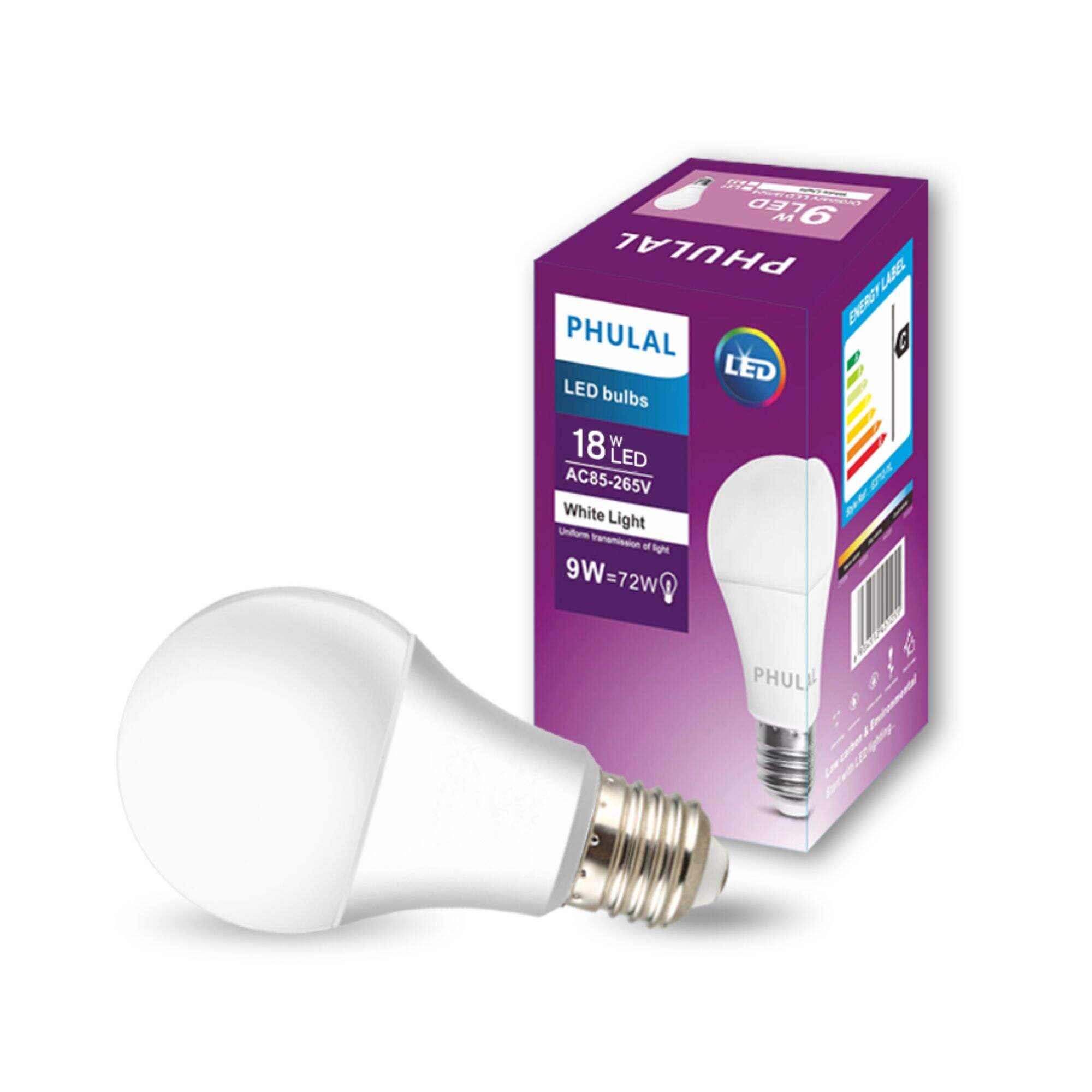Smart home has become more and more popular in some countries, which enables you to remotely manage your household appliances and devices using an RF or wireless network. LEDs are a key part of the smart home equation, and play an important role in changing up your integrated experience. They serve to make the space more liveable while also saving on energy usage. MORE OF OUR FAVOURITE HOME AUTOMATION GEARThis is your chance to slice more off the price of a DJI DroneMake any light smart with just two taps: one on the bulb, and another in our comprehensive guide will take you further into LED home automationWhether youre looking for that last piece or going all-in weve love got connected gadgets to pack out your houseMJRlVnt33gTHE INTERNET OF THINGS PROMISEMany moons ago at CES 2019, Signify promised us something it launched...
The benefits of LED light and how to use them in your smart home
LED (Light Emitting Diode): LEDs are a type of energy-efficient and long lasting light bulb. LEDs last 2 to 3 times longer than incandescent bulbs and use about 90% less energy. The benefits of LEDs are what make them the not so obvious choice for smart homes in today's day and age. You can easily control LED lights via your smart devices if you have integrated it into the system of a smart home automation. Furthermore, you can program the brightness of these LED lights according to your comfort level using smart sensors that detect movement.
LED Integration; Smart Home Glamour
When LED lights are added to a smart home network, it allows homeowners to customize the lighting in each room for various moods or atmospheres. Devices such as Philips HUE provide multiple colors which you can select from a palette of 16 millionresultCode is English This allows users to create the perfect atmosphere anywhere in their home. This can also be controlled by devices or voice command -even motion sensors in some cases and this makes it easier for customization according to the home interiors.
Control Your Home with LED Automation by way of Smart Devices
These LED lights can be operated by smart devices including smartphones, tablets or using a voice command from the home automation system like Amazon Echo and Google Home. Homeowners can just touch or use their voice to turn lights on and off, change colors, or even control the brightness. This allows you to control your LED lights from anywhere, giving the homeowner full control over their lighting.
Revealing the Load of Benefits and Opportunities To Include LEDs In Smart Home
Beyond Energy-Efficient Lighting: The Advantages of LED Integration with a Smart Home Automation System Convenience: Is A Big Advantage Where it gets interesting, is how homeowners have programmed their LED lighting to come on/off at different hours so as not to sit in a cold home. No turning lights off/on or anything of that sort manually. In addition, LED lights can be programmed to interact with environmental factors such as light intensity or presence; this indicates that the illumination comes on automatically when you set foot in an area and switches off upon leaving. This feature allows homeowners do to save energy and cut costs for their heating bills.
Improved Security One of the other key benefits that come along with adding LED lights to a smart home system is amplified security. An automatic LED lighting system will allow you to schedule the lights so they come on and off at random times, making it look like someone is always in. This works well as an effective deterrent to keep would-be thieves at bay and prevent break-ins.
Ultimately then, integrating LED lights into a smart home automation system makes sense given the rich experience that can be enjoyed by homeowners. You mean because he or she can adjust the LED lights from a smart device and vice commands or, heck, it may incorporate motion sensors. The advantages of both energy efficiency and cost savings, also combined with its security features make LED integration more beneficial for homeowners who want to upgrade their smart home system.
 EN
EN
 AR
AR
 HI
HI
 PT
PT
 RU
RU
 ES
ES
 TL
TL
 ID
ID
 VI
VI
 TH
TH
 TR
TR
 FA
FA
 AF
AF
 MS
MS
 HY
HY
 AZ
AZ
 KA
KA
 HT
HT
 CEB
CEB
 EO
EO
 HA
HA
 IG
IG
 JW
JW
 KM
KM
 LO
LO
 LA
LA
 MR
MR
 NE
NE
 SO
SO
 YO
YO
 ZU
ZU
 MY
MY
 NY
NY
 KK
KK
 SI
SI
 ST
ST
 SU
SU
 TG
TG
 UZ
UZ
 AM
AM

